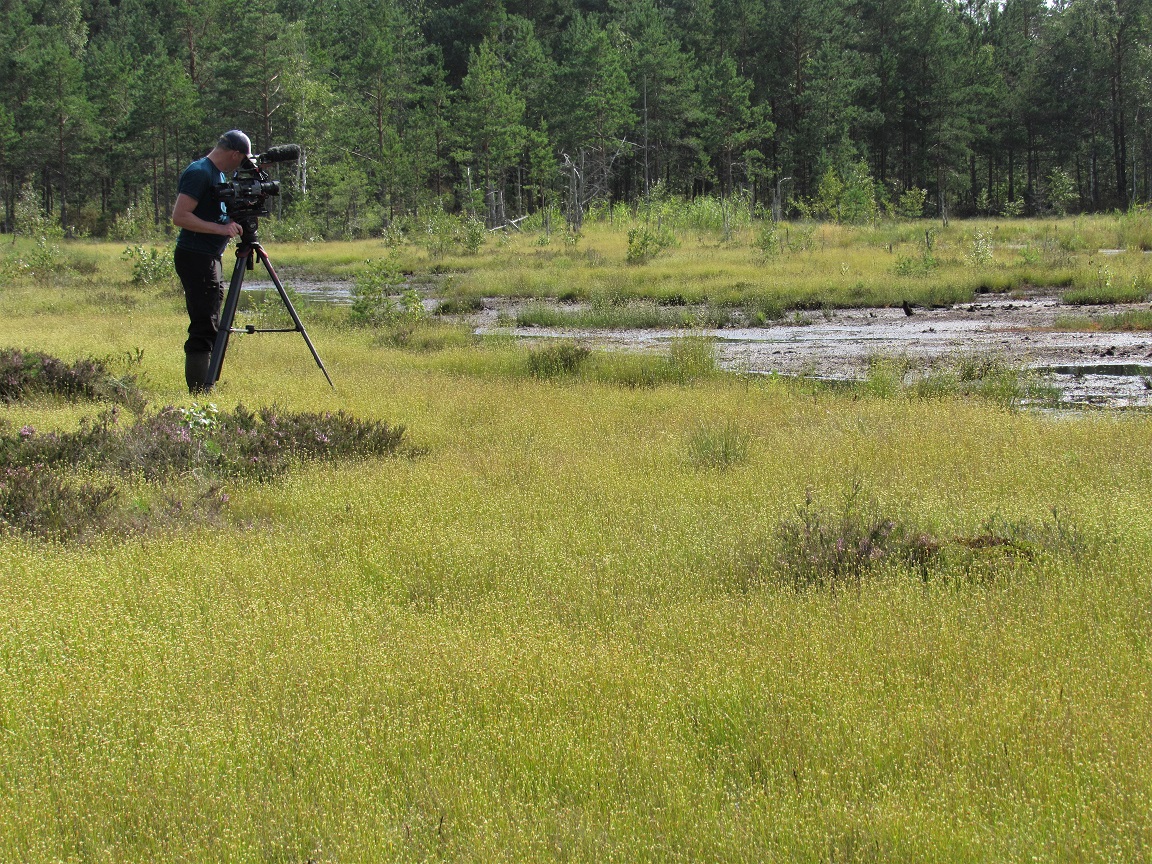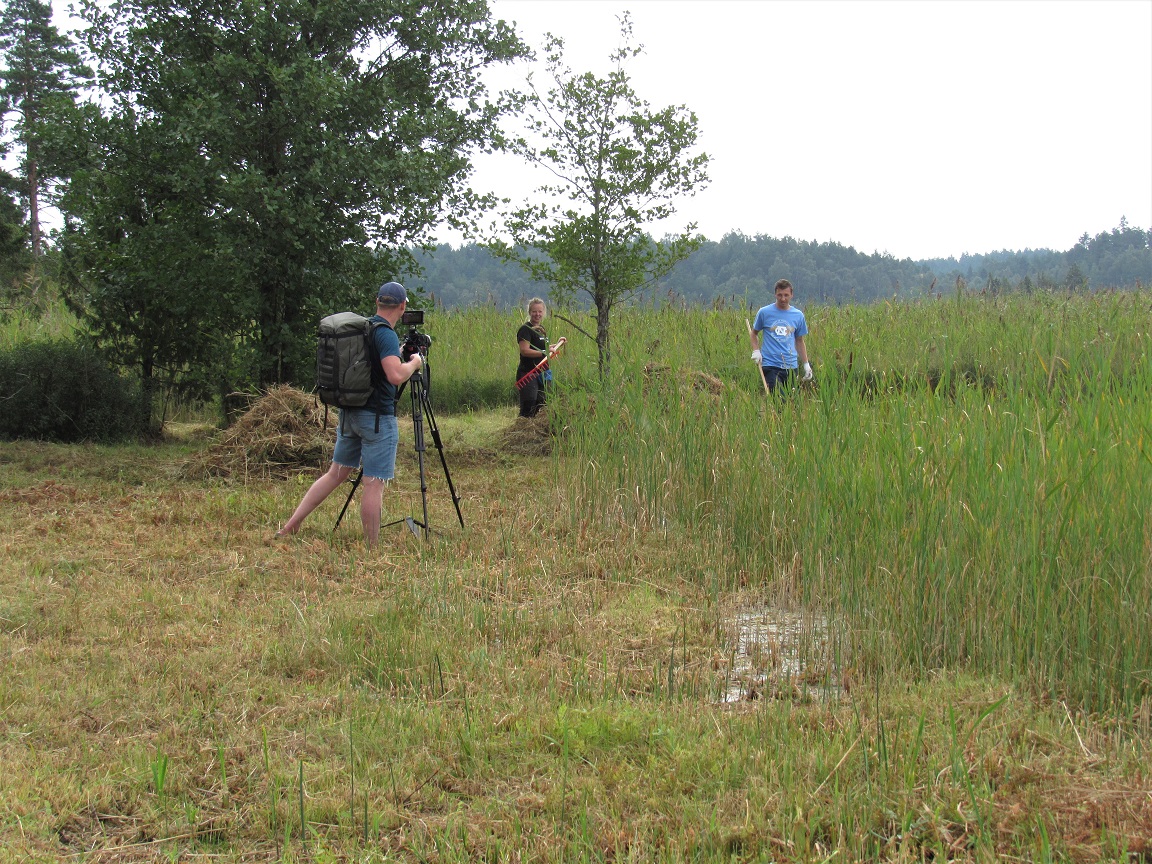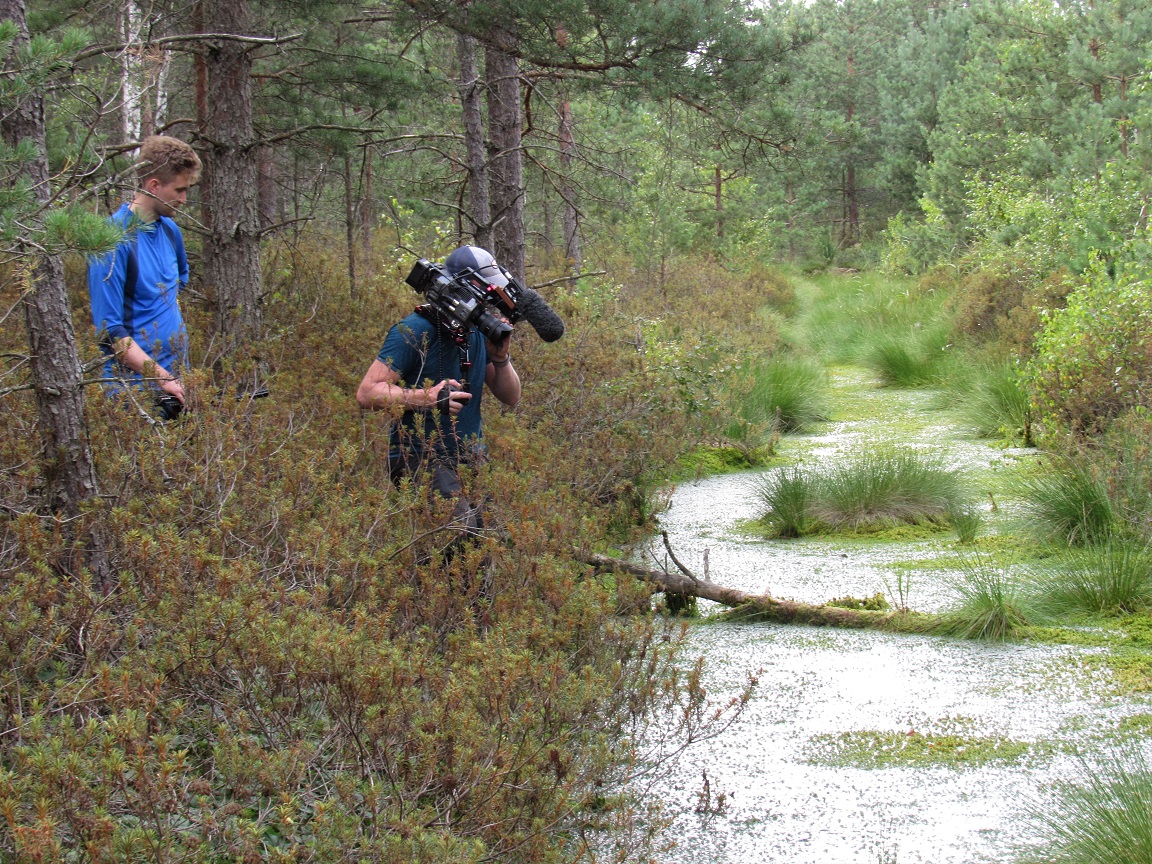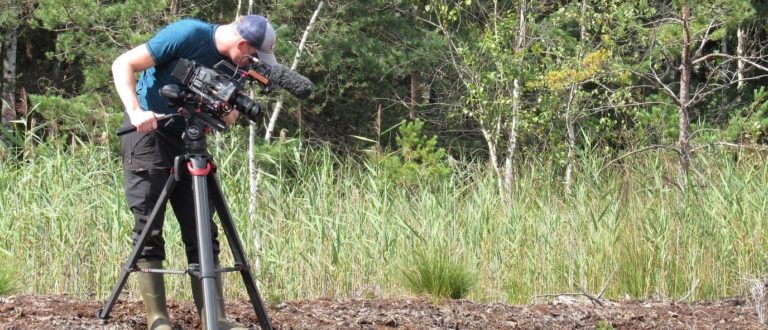In 2020, the work on documentaries on peatlands and their climate is ongoing. Filming started already in 2017 in Poland, then also in Lithuania and Latvia, as well as materials from Estonia and Germany will be used. The focus of the films will be broader than the borders of one country, it will include the experiences of different countries and different opinions.

Parallel work on two films is ongoing. It is planned that one of them will be a popular science film about peatlands, their role in nature and ecosystem services provided to the humans, the interaction of peatlands with people and the climate. The second film will focus on the best practice in peatland restoration providing insight into the experience gained during the LIFE Peat Restore project that restores peatlands for climate change mitigation.

This year, the filming crew continues to film various methods of peatland restoration and the results. Various experts and other people directly or indirectly related to peatlands are being interviewed. During summer 2020, the film crew visits various locations to film footages to show the ecosystem services of mire ecosystems and show them in a new light. During the next winter, the film crew will work on the editing of the film, creation of animations and other works. It is expected that work on both films will be completed in the second half of 2021.



